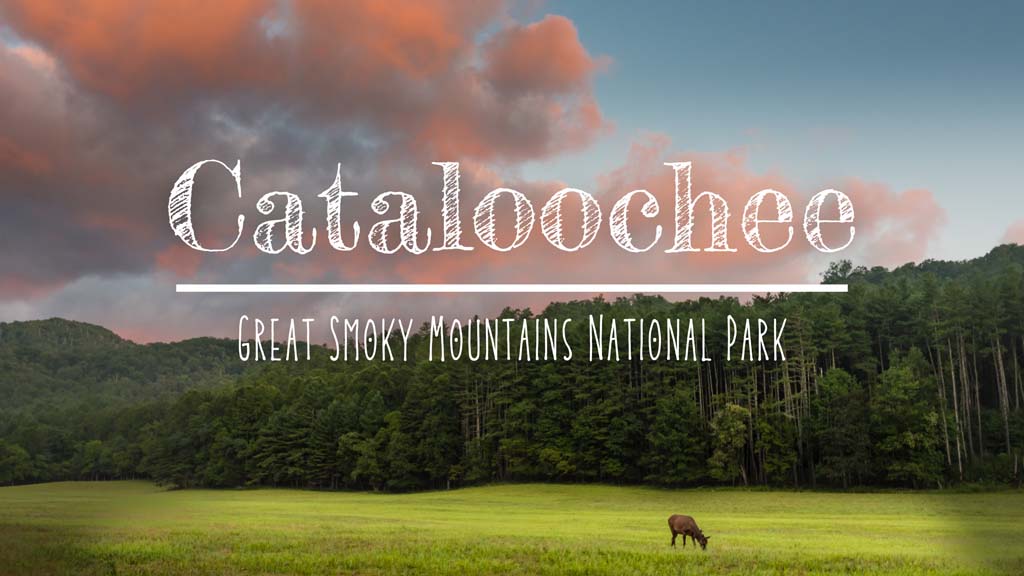
Exploring Cataloochee
The Great Smoky Mountains National Park offers an endless array of natural beauty and historical landmarks, even for those who have lived nearby for years. With more than 800 miles of hiking trails, over 2,100 miles of streams and rivers, a diverse range of flora and fauna, numerous peaks, and a rich cultural history, it could take a lifetime to experience everything this park has to offer. However, there are a few hidden gems that you should definitely check out during your next visit, such as the stunning Cataloochee Valley. Nestled on the North Carolina side of the park, this picturesque valley is surrounded by high ridges and was once home to hundreds of people. Although many of the original settlements are long gone, remnants of them still remain, offering visitors a glimpse into the valley’s rich history. Keep reading to learn more about Cataloochee Valley’s fascinating past and all the incredible sights it has to offer!
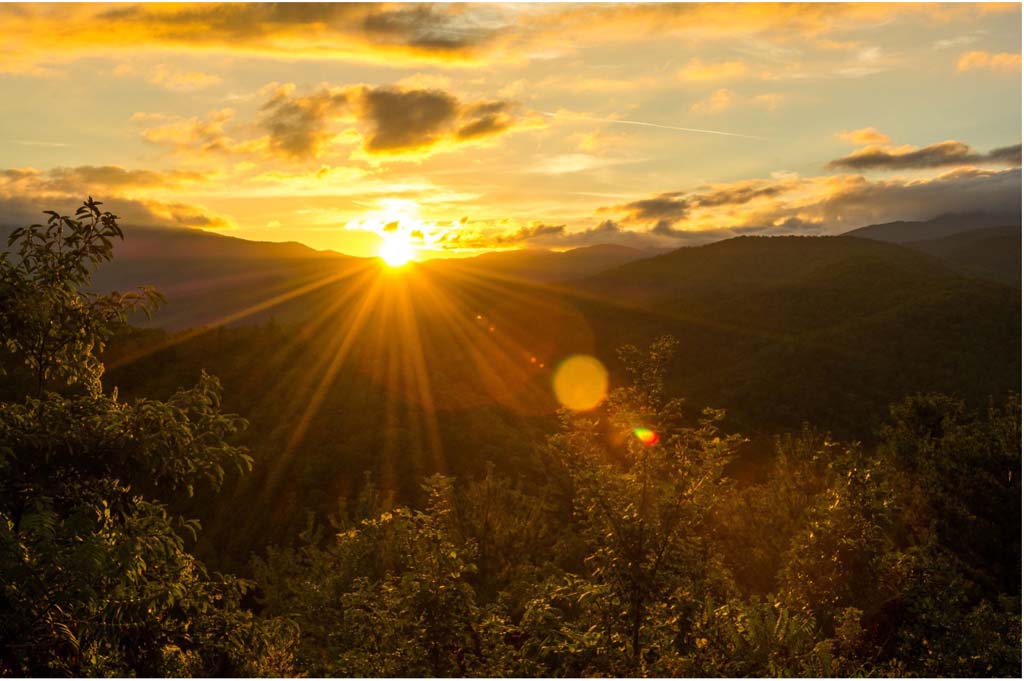
The History Of Cataloochee
The term “Cataloochee” is the derived from the Cherokee name Gadalutsi, which means “standing up in ranks” and refers to the vast stretches of evergreen trees lining the mountains’ ridges. For hundreds of years, Cherokee natives used the fertile lands as hunting grounds, and though they inhabited the region periodically, they never permanently settled in the area. However, under the Treaty of Holston in 1791, Cataloochee Valley came under the control of the United States government. Although the agreement was meant to improve relations between native peoples and the US government, it opened the figurative doors to white settlers and future conflicts. Seven years after being signed, the treaty terms were overturned and American settlers were given full ownership of the region, souring relations between the two groups. Despite this, historical accounts reveal intriguing friendships between some settlers and Cherokees, with English inhabitants being fluent in the Cherokee language, and residents providing aid to Cherokees hiding from the Trail of Tears forced displacement. Such accounts suggest that the relationships between the early Cataloochee settlers and native peoples were varied and understandably tense.
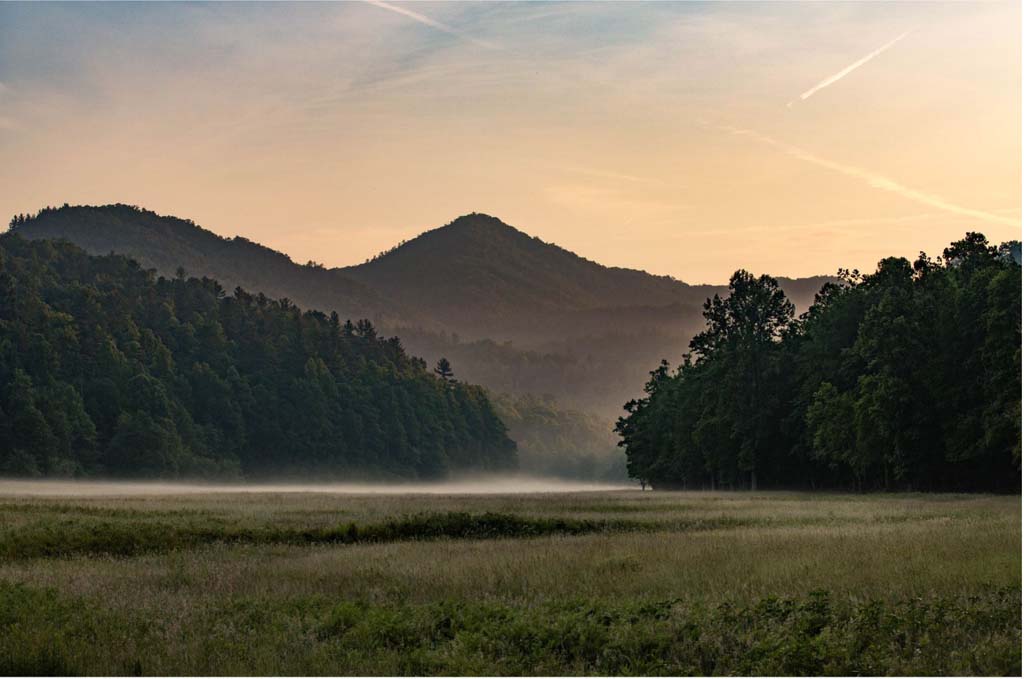
The first white settlers in Cataloochee Valley utilized the land for free-ranging livestock. The initial temporary herding camps were established in 1814, when Henry Colwell made the first land purchase in the region. In 1834, the family (who’s name later became Caldwell) moved to the valley where they would remain until the park was established roughly a hundred years later. Along with the Caldwells came the Palmer, Bennett and Messer families to take advantage of Cataloochee’s grassy, fertile lands and fresh opportunities. In spite of facing struggles during the Civil War, with most of the men leaving to fight for the Confederacy and the remaining residents regularly raided by both Union and Confederate forces, the secluded settlement grew to be home to over 750 people by the early 1900s.
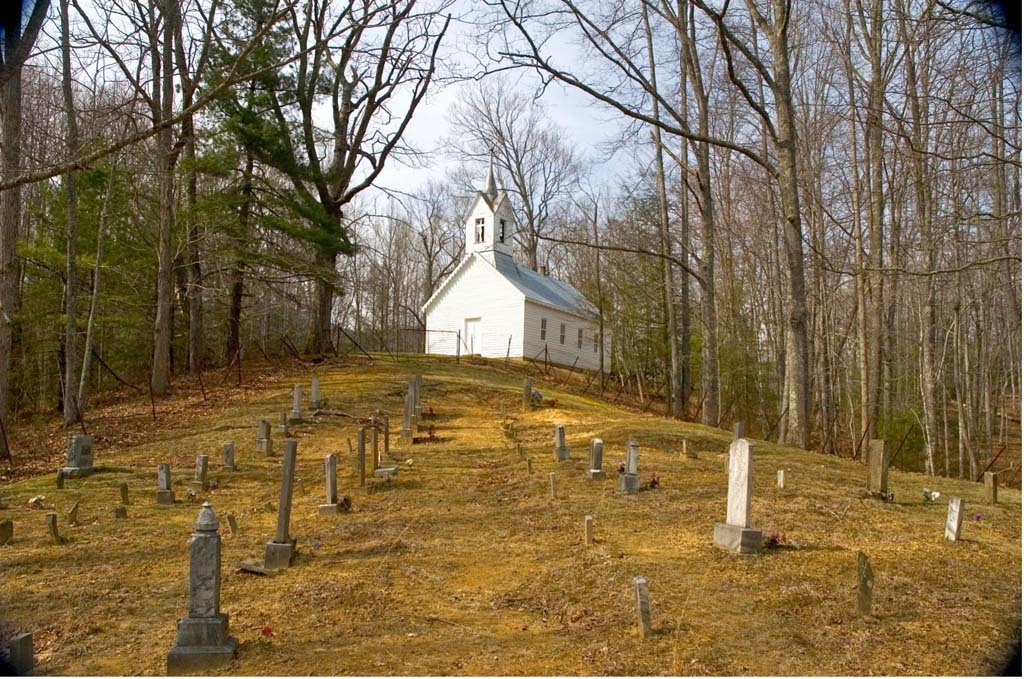
The families of Cataloochee primarily relied on cash crops such as apples, and the sales of livestock to make their income. Later, men in the valley began working for the commercial logging companies that used the Smokies as a seemingly endless source of lumber. Luckily, due to the secluded nature of Cataloochee’s location, the quaint valleys managed to stay untouched by the rapid deforestation and, today, are home to some of the park’s tallest trees. Interestingly, during the Prohibition era, moonshine sales did not appear to be a significant source of income for residents, although they did certainly produce and enjoyed the white lighting. Unexpectedly, tourism became another source of income for Cataloochee families as the years went on. As a result, some families expanded their homes to accommodate the influx of visitors seeking the supposed healing properties of mineral-rich mountain springs found in the Smokies.
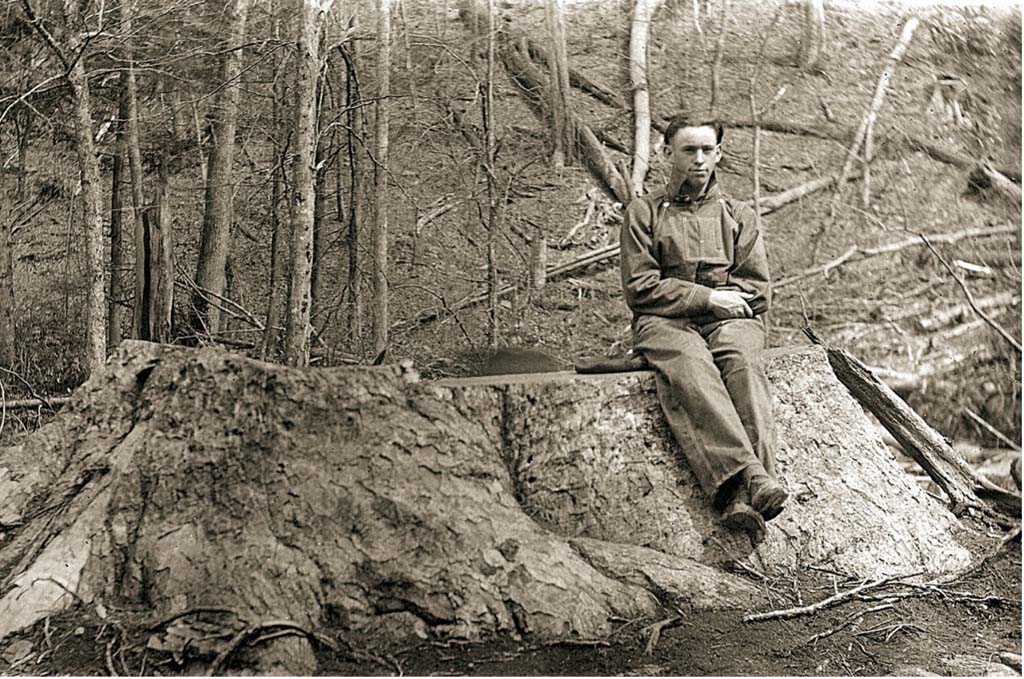
However, in the late 1920s, the Smoky Mountains transformation into a national park brought drastic changes to Cataloochee’s residents. In order to preserve the incredible and unique natural habitat of the region from threats like deforestation and capitalize on the burgeoning tourism industry, the US government began the challenging process of removing residents from their properties. Some chose to sell their land and relocate; others were compelled to leave through eminent domain and a few won lifetime leases through the court system. However, restrictions on farming, diminished tourism revenue, and compulsory rent payments made it nearly impossible to stay. Like the Cherokees who had been forced out all those years before, the pioneer homesteads of Cataloochee were no more.
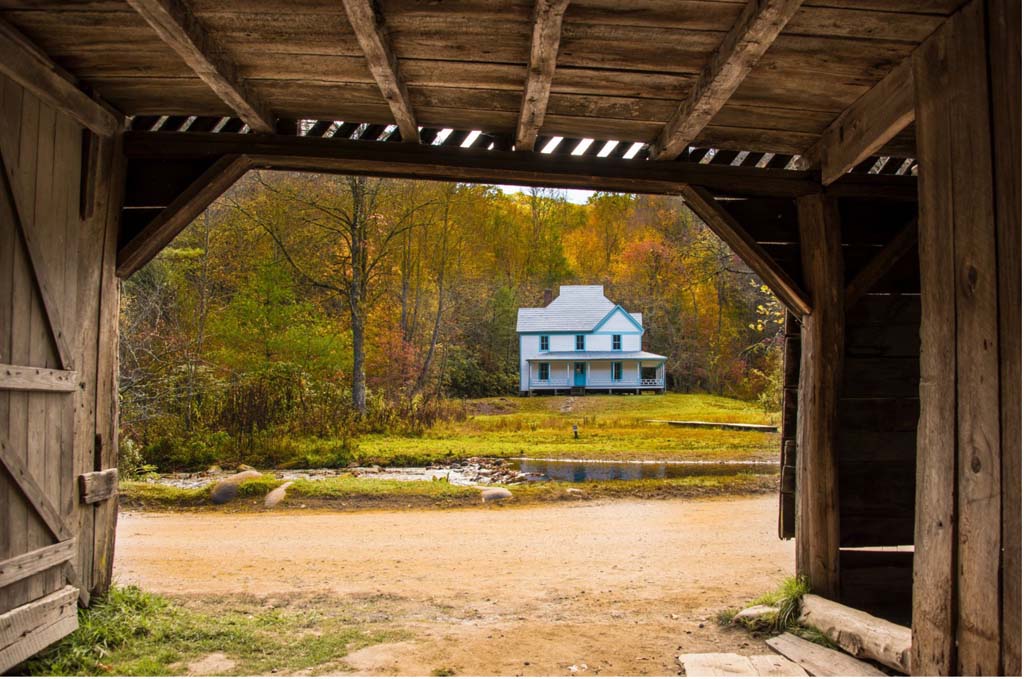
Cataloochee, Today
Following the establishment of the Great Smoky Mountains National Park and the subsequent departure of long-time residents, Cataloochee Valley has been reclaimed by the natural world. The once-bustling apple orchards and inroads are now overgrown and most of the township’s original 200 or so homestead structures have been lost to time. Yet, through the concerted efforts of conservationists and park officials, the valley has become an open-air museum, inviting visitors to explore its rugged beauty year-round. If you’re planning a visit to Cataloochee, be sure to take advantage of the area’s many activities, such as fishing, camping, hiking, and wildlife watching.
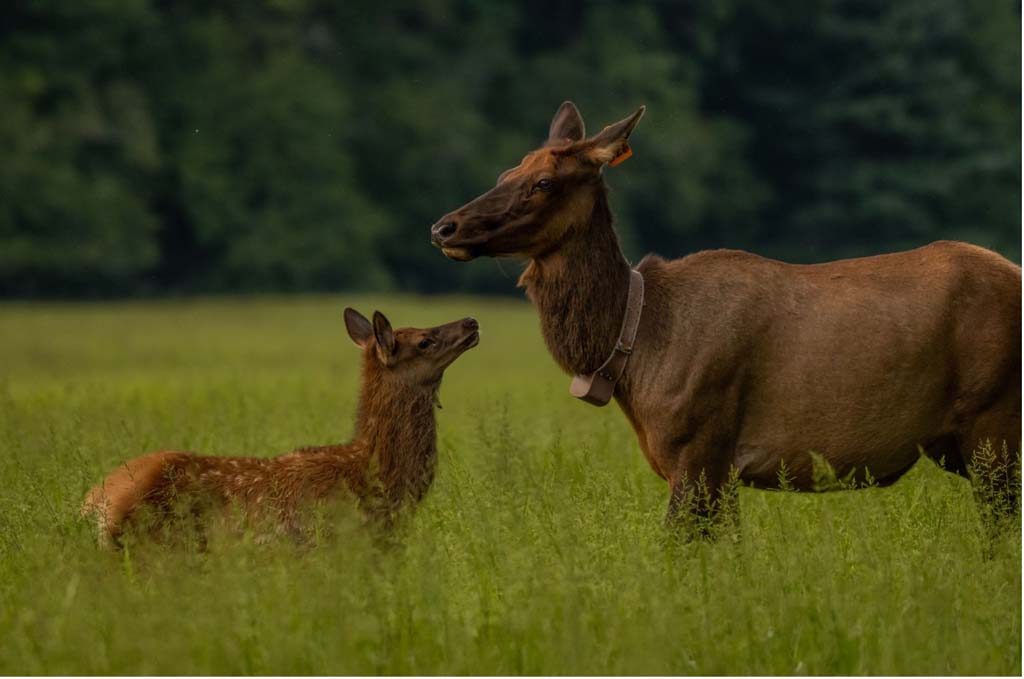
In 2001, twenty-five elk were introduced to Cataloochee Valley, an attempt to reintroduce the species to a region where they once thrived and roamed freely, but were wiped out by early settlers. Today, visitors flock to the area to witness the elk in their natural habitat, with a population of around 130 elk using the valley as their grazing and breeding grounds. During late spring, visitors can see adorable calves prancing through tall grasses with their mothers, while in the fall, bucks can be seen sparring with each other. Moreover, visitors can explore several historical structures from a bygone era, including:
- The Palmer House is one of the best-preserved properties in the valley, featuring the original home built in 1869 (with a self-guided museum inside), a framed addition, a springhouse, smokehouse and barn.

- The Palmer Chapel was a Methodist church built in 1898 on land deeded by Mary Ann Palmer.
- The Caldwell House, as mentioned earlier, was finished in 1906 and was by far the most stylish home in Cataloochee at the time.
- Beech Grove School was built in 1907 to replace its older counterpart which had been burnt down by locals in hopes of getting the government to rebuild – and it worked!
- The Little Cataloochee Baptist Church was constructed in 1889 with a small cemetery sitting the structures shadows. Descendants of Cataloochee families still hold reunions at the church every summer.
- The Hannah Cabin, built in 1864, is tucked away in the woods of Little Cataloochee and features one of three brick chimneys still standing within the parks boundaries.
You Own Smoky Mountain Haven
Need a fantastic place to return to after a full day of exploring Cataloochee that perfectly captures the peace and privacy of the Smokies? Then it’s time to book with Parkside Resort to reserve a comfy yet luxurious Smoky Mountain cabin for your next trip to the area! From cozy hideaways for one to spacious lodges capable of sleeping dozens, you’ll find the perfect Smoky Mountain retreat at Parkside.
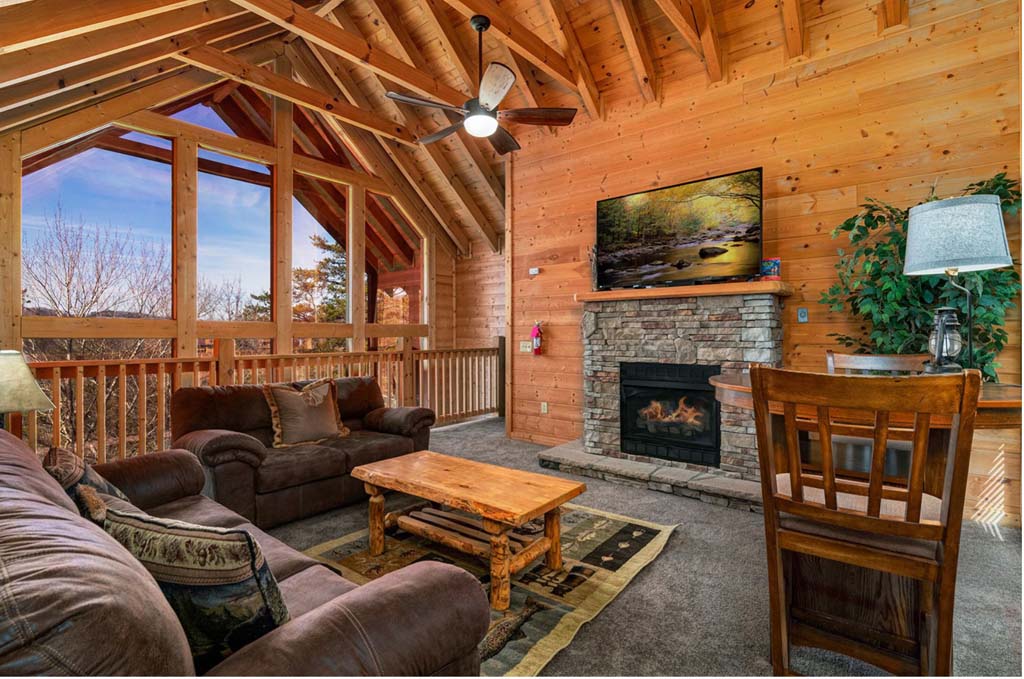
Call us today at 888-908-6066 or visit our website to learn more about our amazing accommodations!


 Parkside Resort is the NEWEST luxury cabin resort in the Great Smoky Mountains!
Parkside Resort is the NEWEST luxury cabin resort in the Great Smoky Mountains!









